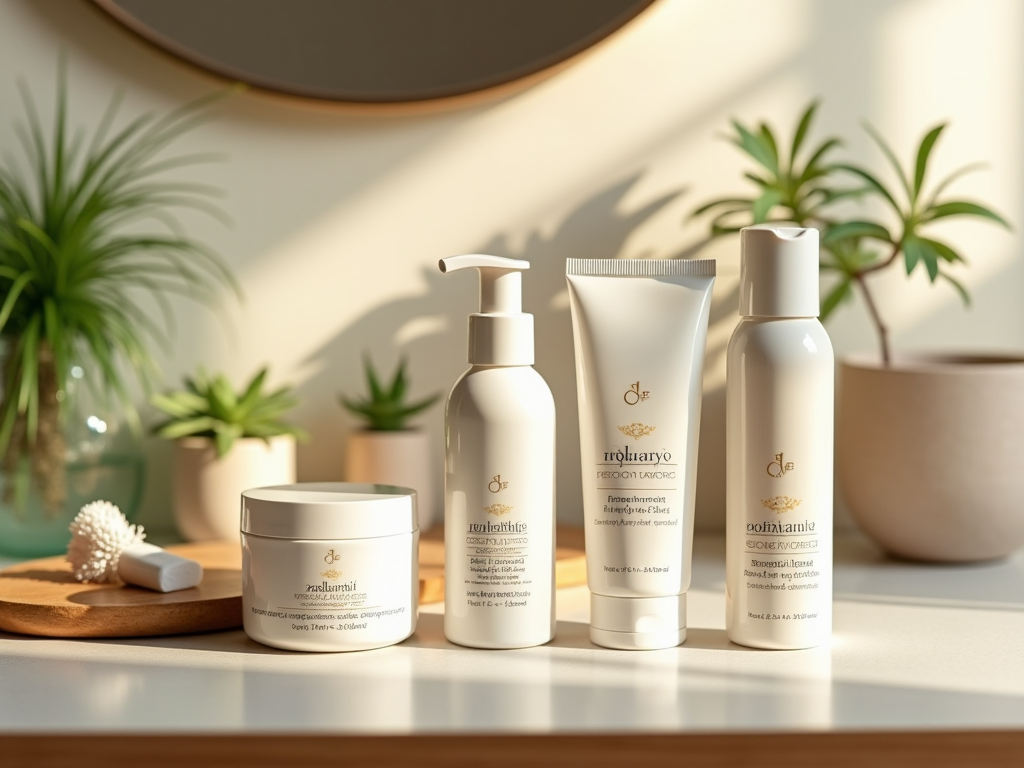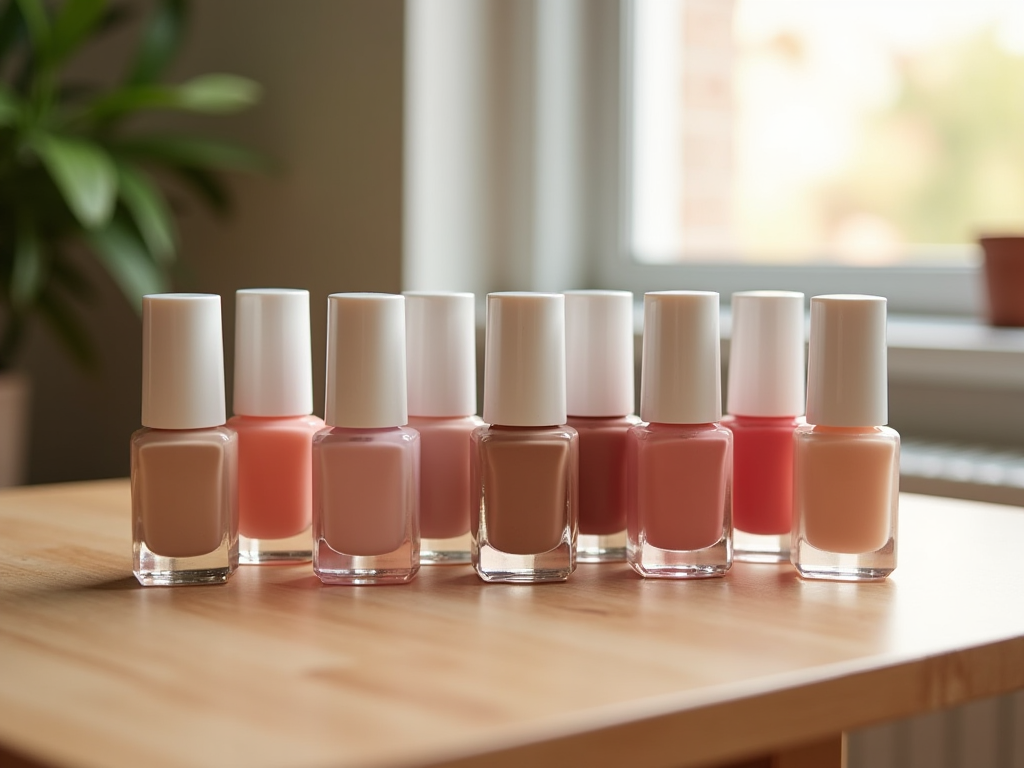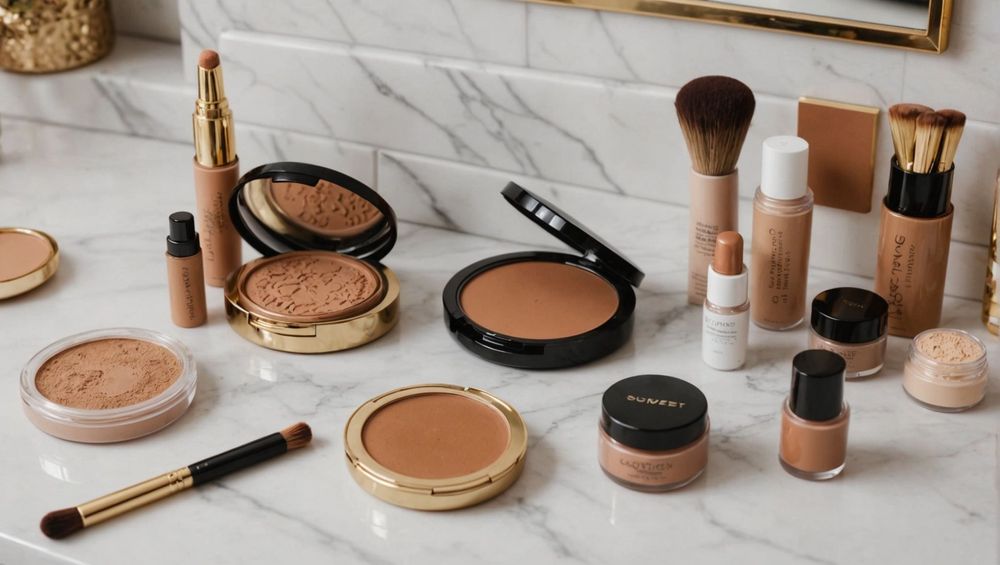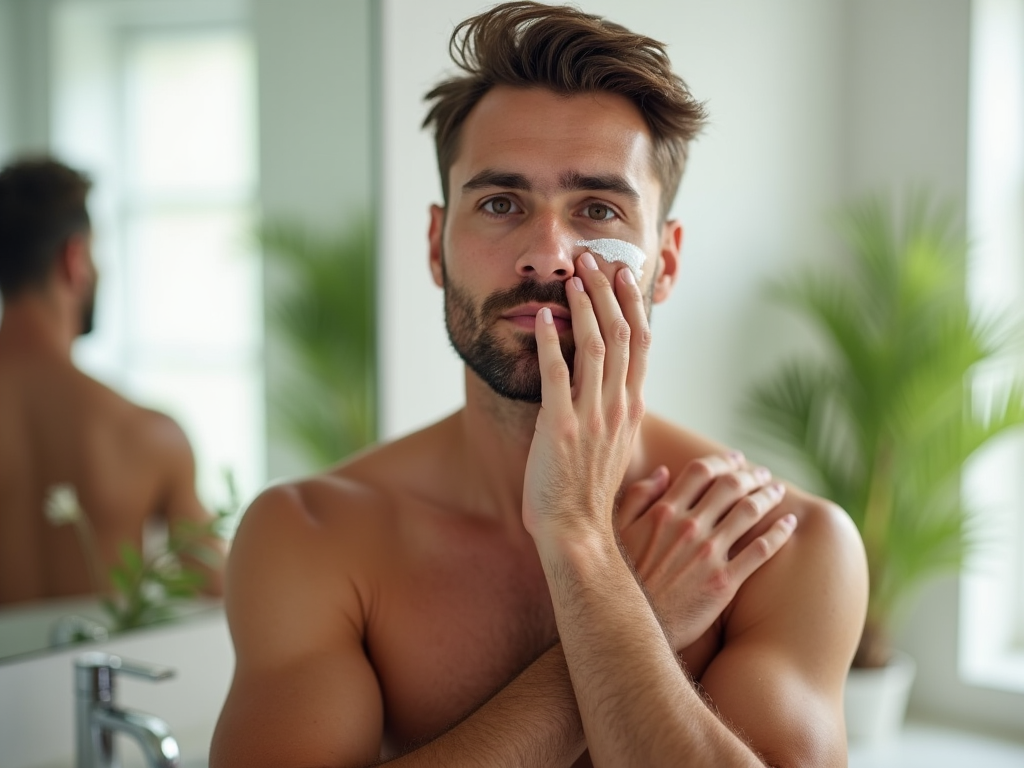Exfoliating is an essential step in every skincare routine, but doing it the right way makes all the difference in achieving that radiant, smooth skin. Exfoliation helps remove dead skin cells that can clog pores and lead to problems like acne. Knowing the correct methods, frequency, and products to use is key to ensuring you don’t harm your skin. In this article, we will guide you through the process of how to exfoliate your skin correctly to get the best results.
Understanding the Importance of Exfoliation

Exfoliation is important for maintaining healthy, glowing skin. By removing the layer of dead skin cells, exfoliation allows new skin cells to surface, which can help improve your skin’s appearance and texture. It also enhances the effectiveness of your skincare products by ensuring deeper penetration and better absorption into the skin. More importantly, regular exfoliation can prevent the signs of aging by promoting a quicker cell turnover rate.
However, over-exfoliating can have adverse effects such as skin irritation, redness, and damage to the skin barrier. Understanding your skin type and selecting appropriate exfoliation methods will help prevent any potential harm. Remember, the goal is to gently assist the skin’s natural process and not to strip away its essential oils or protective barriers.
Selecting the Right Exfoliation Method for Your Skin Type

Choosing the right exfoliation technique is paramount to ensuring you do not harm your skin. The two primary methods of exfoliation are physical and chemical. Physical exfoliation involves using a scrub or tool to manually slough off dead skin, while chemical exfoliants use acids or enzymes to dissolve dead cells.
Physical Exfoliants
Physical exfoliants such as face scrubs, exfoliating gloves, and brushes can be effective for those with normal to oilier skin types. This method involves textural scrubbing particles that help clear surface-level debris. Remember to be gentle and avoid harsh, large granules that can tear the skin.
Chemical Exfoliants
Chemical exfoliants like Alpha Hydroxy Acids (AHAs), Beta Hydroxy Acids (BHAs), and enzymes are beneficial for those with sensitive, dry, or acne-prone skin. These exfoliants penetrate deeper and target the bonds holding dead skin cells, encouraging a more uniform exfoliation.
How Often Should You Exfoliate?
Determining the frequency of exfoliation depends largely on your skin type and the product you’re using. Over-exfoliating can strip your skin of hydration, so it’s crucial to find a balance. Here’s a general guideline:
- Oily Skin: 3-4 times a week
- Combination Skin: 2-3 times a week
- Normal Skin: 2-3 times a week
- Dry or Sensitive Skin: 1-2 times a week
Start with fewer exfoliation sessions and observe how your skin responds. You may increase frequency if your skin can handle it without showing signs of irritation.
Step-by-Step Guide to Exfoliating Your Face
Exfoliating properly isn’t only about rubbing a face scrub across your face and hoping for the best. It involves a sequence of steps curated to maximize effectiveness while reducing the risk of irritation. Here’s a simple step-by-step guide:
- Cleanse: Start by washing your face with a gentle cleanser to remove surface dirt and makeup.
- Exfoliate: Apply your chosen exfoliant, whether it’s a scrub or chemical peel, and gently massage it onto your skin in circular motions. Avoid sensitive areas like the eyes.
- Rinse Thoroughly: Use lukewarm water to rinse your face completely, ensuring no residue is left.
- Moisturize: Apply a hydrating moisturizer to replenish moisture and nourish the new layer of skin.
- Sun Protection: Always follow up with sunscreen in the morning to protect freshly exfoliated skin from UV damage.
Conclusion
Exfoliating your skin the right way can dramatically improve your skin’s texture and appearance. By understanding your skin type and selecting the appropriate exfoliation method, you can avoid common mistakes that lead to irritation and damage. Remember, less is sometimes more; over-exfoliation can be detrimental. Integrating the right exfoliation practices into your skincare regimen will help you achieve healthy, glowing skin.
Frequently Asked Questions
1. Can I exfoliate my skin every day?
No, exfoliating every day is generally not recommended as it can lead to irritation and damage the skin’s barrier. It’s best to exfoliate 1-4 times per week, depending on your skin type.
2. What’s the best time to exfoliate—morning or night?
Exfoliating at night may be more beneficial as it can remove the day’s dirt and allow your skin to absorb nighttime serums or treatments better. However, if you prefer mornings, be sure to apply sunscreen afterward.
3. Can sensitive skin handle chemical exfoliants?
Yes, sensitive skin can handle chemical exfoliants, especially those formulated with gentle ingredients like lactic acid or enzymes. It’s best to patch test any new products first and start with slower introduction into your routine.
4. Is it normal for skin to tingle during exfoliation?
A slight tingling sensation is normal, especially with chemical exfoliants, but burning or stinging is a sign of irritation. If discomfort occurs, discontinue use of the product and consult with a dermatologist.
5. How can I tell if I’m over-exfoliating?
Signs of over-exfoliation include redness, irritation, dryness, increased sensitivity, and even breakouts. If you notice these symptoms, reduce the frequency of exfoliation and focus on restoring your skin’s barrier with gentle, hydrating products.



